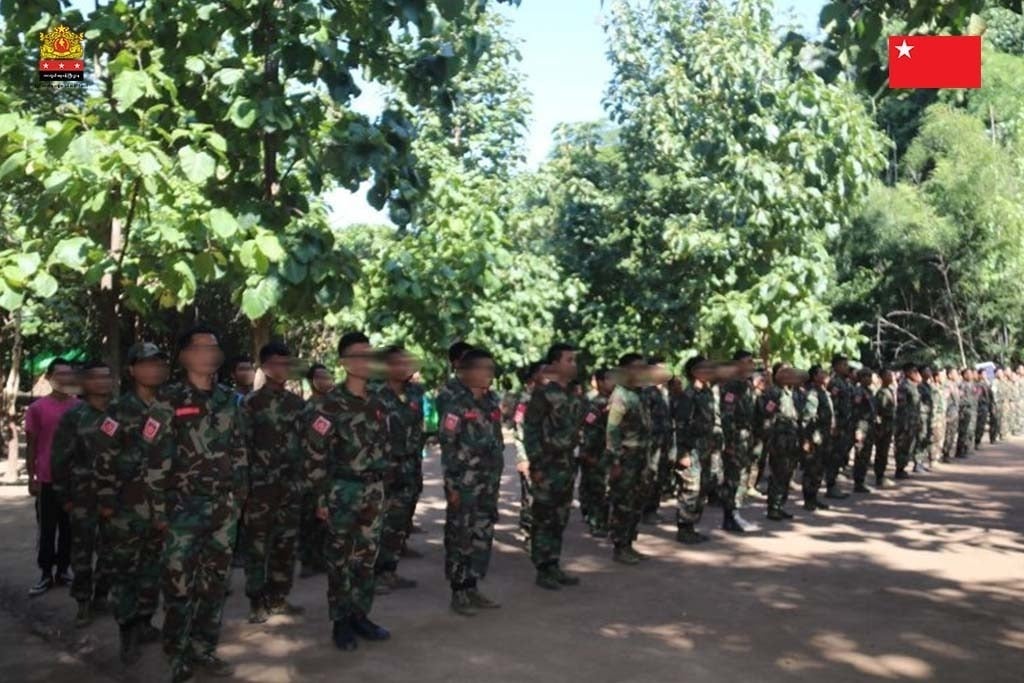Mizzima
More than 3 million civilians have been displaced in Myanmar and the death toll since the February 2021 coup has surpassed 5,000 civilians, according to the Global Centre for the Responsibility to Protect.
The Centre looked at the situation in Myanmar in its latest issue of Atrocity Alert, a weekly publication that highlights situations where populations are at risk of, or are enduring, mass atrocity crimes.
Below is what the Global Centre for the Responsibility to Protect said about the situation in Myanmar in its latest issue of Atrocity Alert:
On 3 May the UN Resident and Humanitarian Coordinator for Myanmar, Marcoluigi Corsi, announced in a statement that more than 3 million civilians have now been displaced in Myanmar (Burma) by conflict. The pre-existing humanitarian crisis in Myanmar has been compounded by the February 2021 military coup and intensifying conflict. Resident Coordinator Corsi said, “Sadly, civilians not involved in the conflict pay the highest price across the country with many seeing no other option but to flee seeking safety. The 3 million displaced people are struggling to survive amid a widespread humanitarian crisis that has left a total of 18.6 million people in need. This is a million more than the previous year.”
The number of internally displaced people increased by 50 percent in the past six months alone due to a marked escalation in the fighting between the military and ethnic resistance organizations (EROs) since the launch of Operation 1027. Fighting has engulfed at least two thirds of the country. EROs have recently made significant territorial gains across the country, posing the most serious setback for the junta since the coup. Facing these challenges, the junta resurrected an abusive military conscription law, prompting many civilians to attempt to flee. Accusations of the forced conscription of over 1,000 Rohingya – a Muslim minority group targeted by the military in a genocide since 2016 – have also surfaced.
Meanwhile, on 10 May the Assistance Association for Political Prisoners (AAPP) (Burma), a human rights group based in Thailand, stated that the death toll since the coup has surpassed 6,750 civilians. Of those AAPP had managed to identify 5,000, but the remaining 1,750 dead have yet to be identified. Amid the ongoing clashes, civilians continue to be at risk of indiscriminate and targeted aerial attacks and shelling, as well as from unexploded ordinance. On 9 May a junta airstrike on a monastery in the Magway region killed at least 15 people, while 32 others were killed during fighting in the Mandalay region. On 11 May a military raid in the town of Let Htoke Taw, Sagaing region, killed at least 30 people. Targeted attacks on civilians and civilian infrastructure are violations of international law and may amount to war crimes and crimes against humanity.
In response to the deteriorating crisis, last month the UN Security Council held a public meeting on the situation in Myanmar. Meanwhile, the UN Secretary-General announced the long-awaited appointment of his new Special Envoy on Myanmar. While these are welcome actions, far more needs to be done to address the neglected crisis in Myanmar. The international community must work with local humanitarian organisations to deliver aid across ERO-held territory. Additional states must coordinate and impose sanctions on the jet fuel, funds and arms that provide the junta with the means to perpetrate atrocities.
The Global Centre for the Responsibility to Protect saves lives by mobilizing the international community to act in situations where populations are at risk of mass atrocity crimes.
It exists to uphold the norm of the Responsibility to Protect – known as R2P – adopted by the UN in 2005. This principle seeks to ensure that the international community never again fails to halt the mass atrocity crimes of genocide, war crimes, ethnic cleansing and crimes against humanity.




